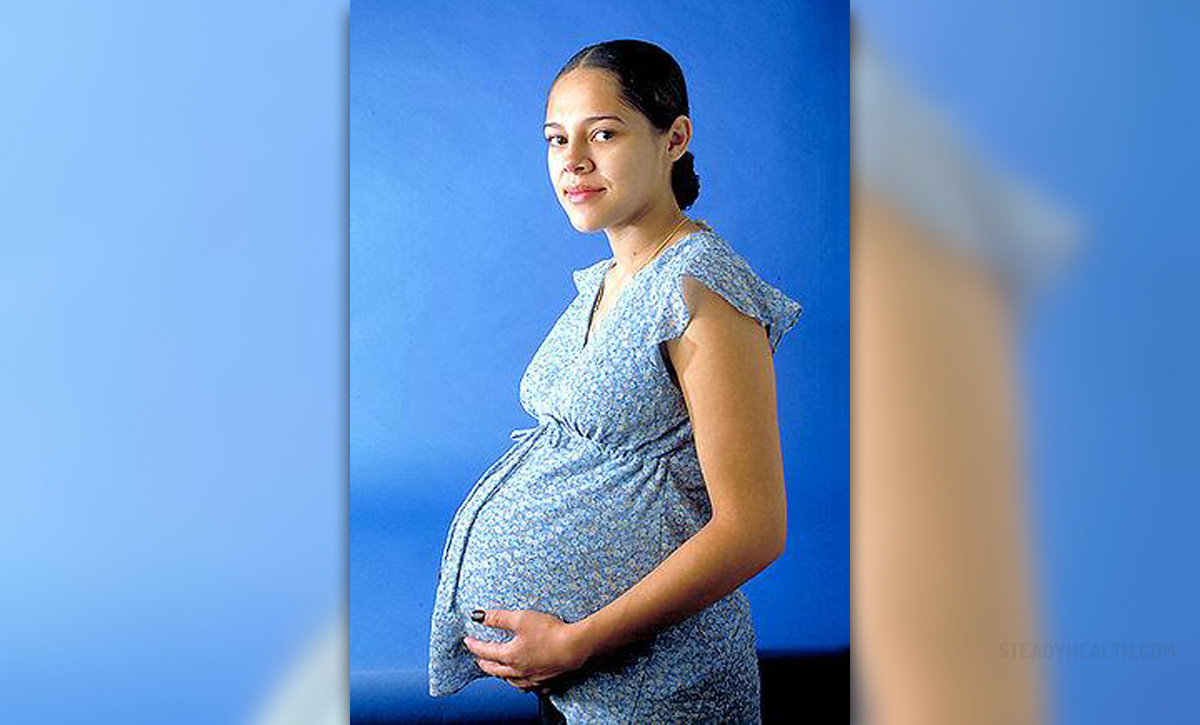
Ovulation is a process in female menstrual cycle by which a mature ovarian follicle ruptures and releases an egg that is suitable for fertilization. Women are technically capable of becoming pregnant at any given point during their reproductive years. However, the odds of becoming pregnant are slightly decreasing after the age of 26. In addition, women are most likely to become pregnant just at the time of ovulation. Ovulation typically happens anywhere between 12 and 21 days since the last menstrual period, or anywhere between 12 to 16 days from when a woman is expecting her next period.
Charting ovulation
The exact time may dramatically vary from one woman to another, and also from cycle to cycle for the same woman. Therefore, most of the women willing to increase their odds of becoming pregnant are carefully monitoring the changes in their body in an attempt to estimate when they are most likely to become pregnant. This charting method is suitable for couples who are finding it hard to achieve fertilization, as well as for those who are having an ideal due date in mind. Charting fertility cycle usually starts on the first day of the period, when woman starts keeping track of a few different things every day. Women usually take notes on their basal body temperature values, beginning and duration of their menstrual cycle dates of sexual intercourses, and changes in cervical mucus.
Fertile cervical mucus
Cervical mucus is 90% water and it changes its consistency during different phases of a menstrual cycle. It seems like cervical mucus serves to prevent sperm from getting into the uterus at the time when a woman can’t become pregnant. As a woman approaches ovulation, the amount of cervical mucus increases and it becomes thinner in consistency. This change is necessary to help the sperm reach the mature egg and fertilize it. Monitoring changes in cervical mucus reveals following changes:
After the menstruation, for up to 9 days of a menstrual cycle, vaginal surface is very dry and it has almost no mucus at all. Ten to 12 days following the first day of the period, the mucus appears as sticky and thick but it gradually becomes thinner and whiter as a woman approaches the time of ovulation. At the time of ovulation, cervical mucus is thin, stretchy and clear. It looks like an egg white and feels slippery under the fingers. After the ovulation, cervical mucus becomes thick again and just before the menstruation its volume again dramatically decreases and vagina becomes dry again.





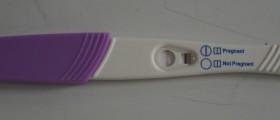

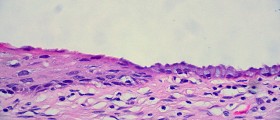


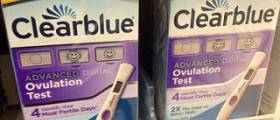



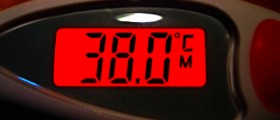

Your thoughts on this
Loading...